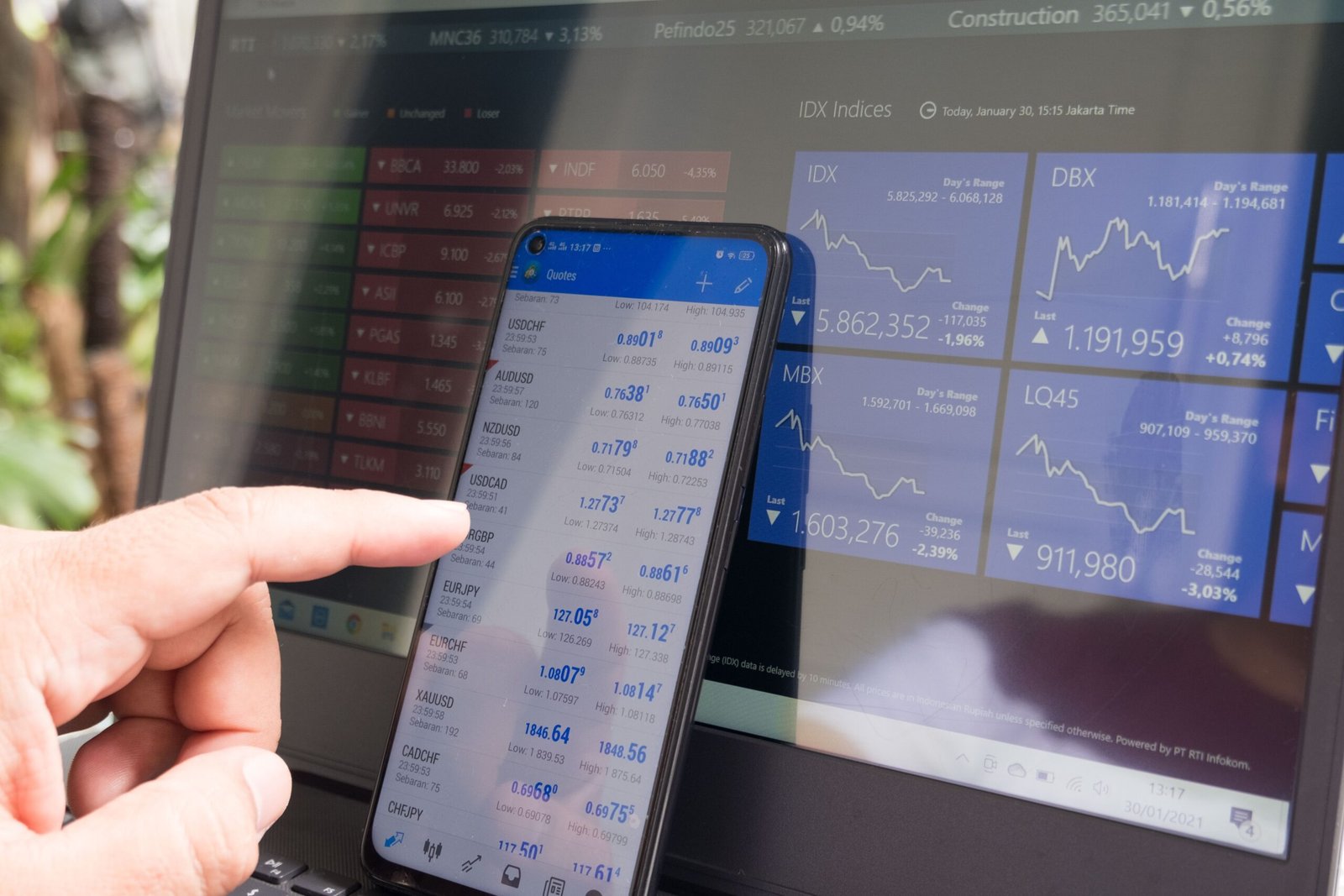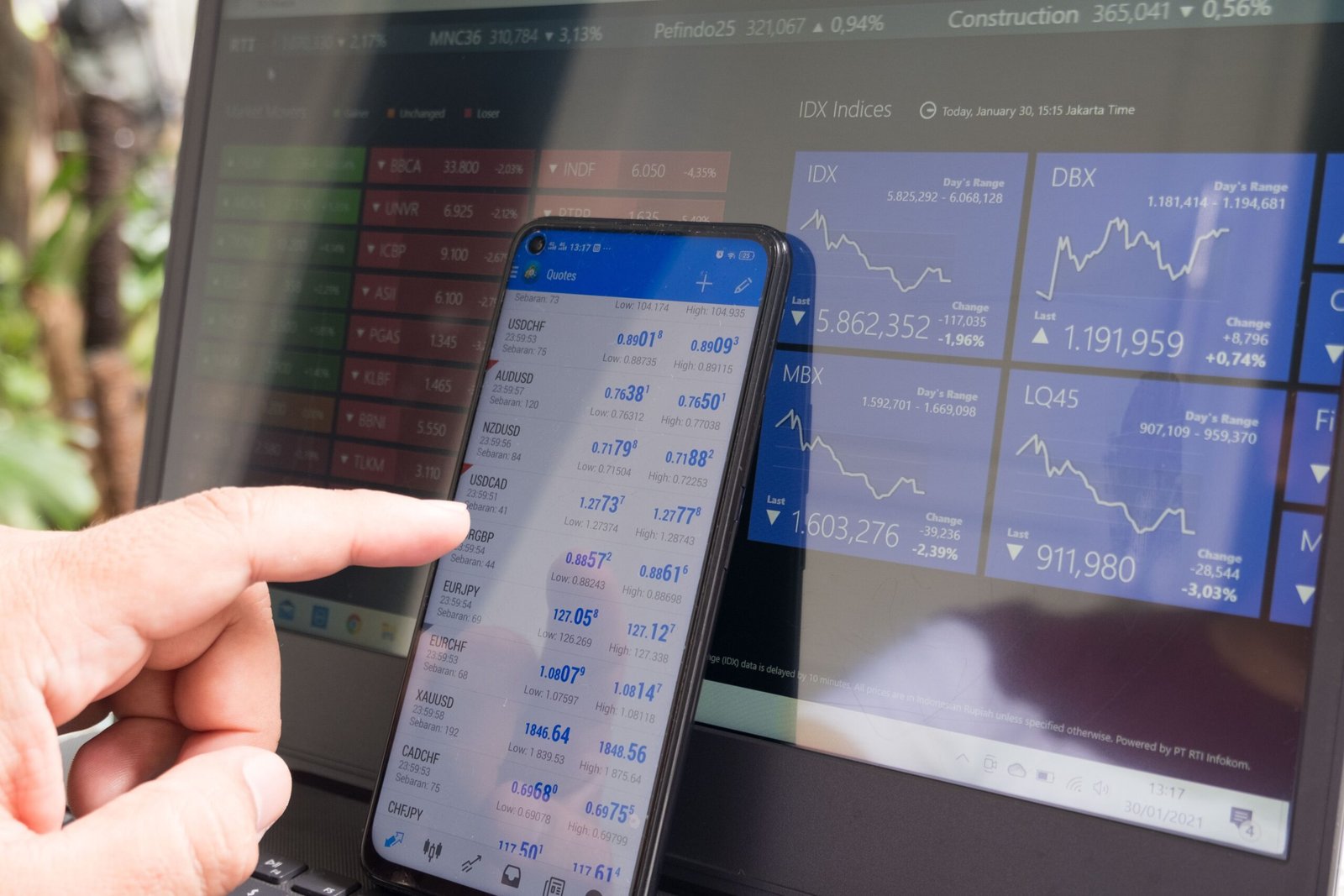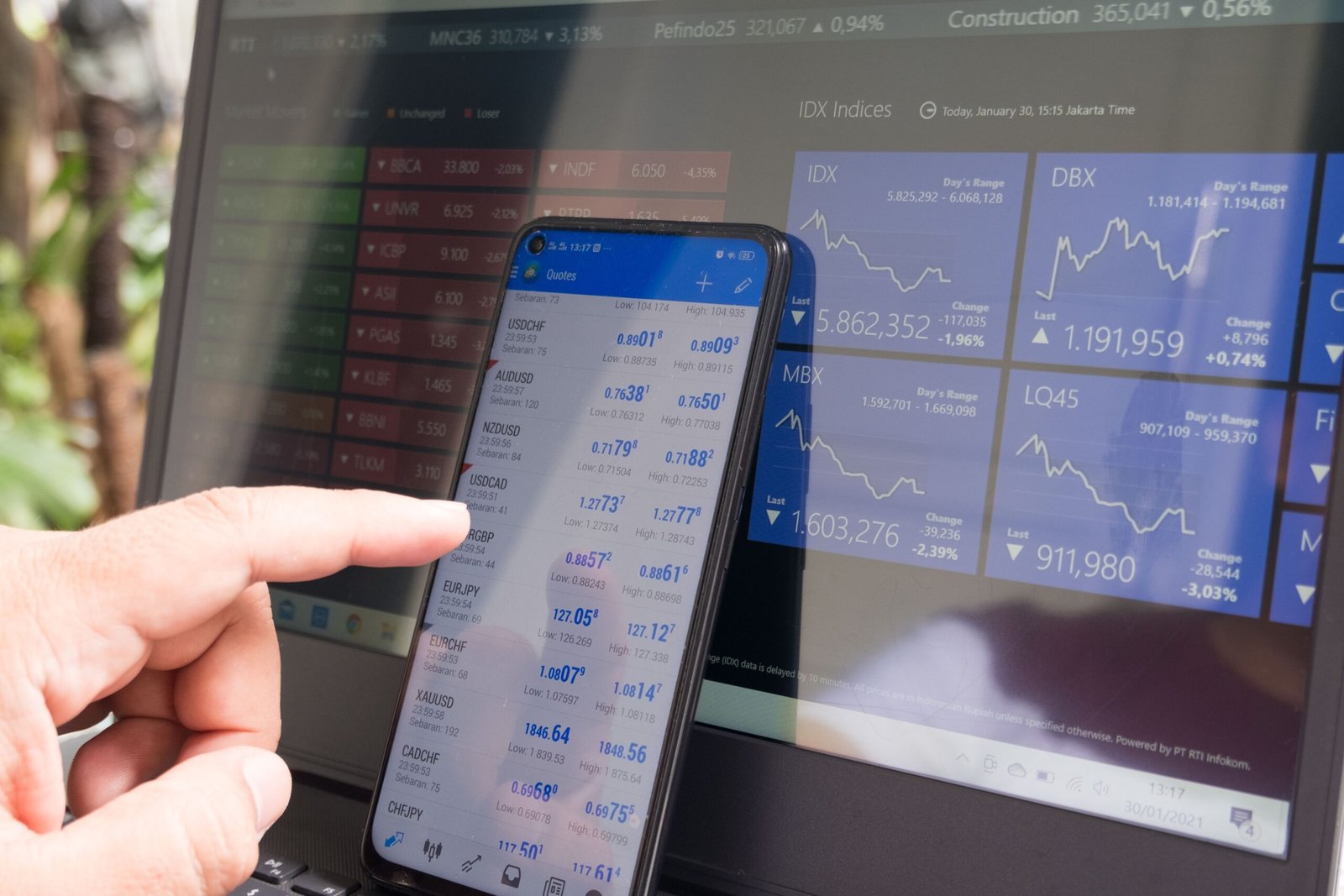Are you interested in learning about the world of forex trading? If so, joining a forex academy can provide you
The Benefits of Joining a Forex Academy

Your blog category

Are you interested in learning about the world of forex trading? If so, joining a forex academy can provide you

Are you interested in learning about the world of forex trading? If so, joining a forex academy can be an

Are you interested in learning about the world of forex trading? If so, joining a forex academy can be a

Are you interested in learning about the exciting world of forex trading? If so, joining a forex academy can be

The Importance of Forex Education Forex trading, also known as foreign exchange trading, is the buying and selling of currencies